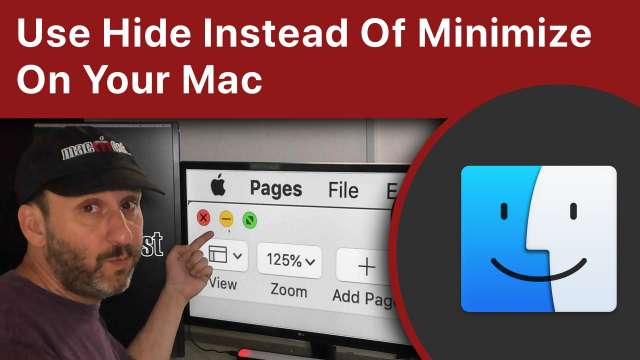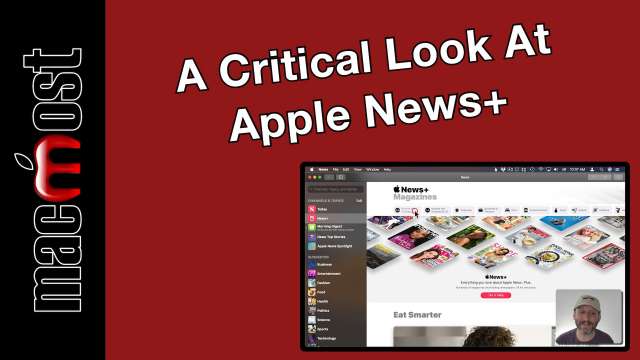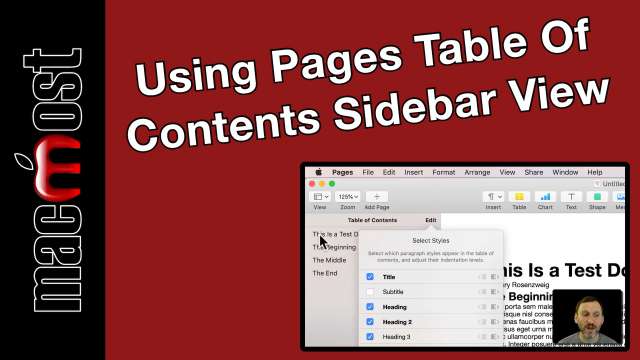The big news this week was the release of iLife 09, now selling in Apple stores. Every component of iLife has been updated, with new features like facial recognition and GPS location tags in iPhoto, precision editing and video effects in iMovie, and music lessons in GarageBand. A single copy costs $79 and a family pack costs $99.
The iPhone version of OS X got a minor update this week to 2.2.1 with bug fixes to make Safari more stable and some issues between Mail and the Camera Roll. Some rumors are flying around this week that Apple has already started testing the next generation of iPhone hardware. Other rumors point to 3G wireless connectivity in the next generation of MacBooks as well.
Apple was awarded a touch screen phone patent this week, essentially covering the basic features of the iPhone. This patent will strengthen Apple’s position in the mobile market and make it harder for other major mobile phone makers to compete by simply copying the functionality of the iPhone.
A smaller news item, but one very important to many, is the controversy over the new expensive Dual-Link DVI cable that Apple started selling. It is the only way to connect a new MacBook to a 30-inch monitor, which is a common setup for MacBook Pro users who have been able to do it directly from the MacBook Pro to the monitor in previous versions of the MacBook Pro. The $99 cable was delayed several months, and not it appears to have flaws that make it unusable for many. Apple released a video driver update that may fix the problem, but they also now claim that the connector is only for Apple 30-inch displays and not others, changing the product description that was originally in place.
So far I’ve spent some time with GarageBand, iPhoto and iMovie. GarageBand is mostly a face-lift, iPhoto has two major new features, and iMovie has both new features and a face-lift.
You can finally start GarageBand without having to get rid of that Grand Piano track. The music loops have moved to the right side of the interface, and the whole interface seems to have taken a step toward iMovie and the other iLife applications. At the start of the iLife suite, GarageBand was certainly the odd one out in terms of looks, but now it fits in better.
I also found the interface to be a bit more solid. The guesswork of hitting the track segment corners to loop a track or trim it now seem a little more definite. You’ve also got more well-defined ringtones options when you start GarageBand. I didn’t get to try out the lessons yet.
iPhoto’s two new features are locations and faces. The locations feature is interesting. Of course, the only photos I have that have a location are the ones I’ve taken with my iPhone since upgrading to the iPhone 3G. But it was kinda fascinating. I zoomed in on my home city and saw pins everywhere, in places I didn’t recognize. But as I clicked on them I rediscovered photos: oh, yea, the trip to the zoo. And that’s the time we went to that restaurant, etc.
I did struggle for a bit with a photo that was misplaced. I had to go deep into the interface and create a custom location for that photo to correct it. Glad I didn’t have any more of those.
The faces features really impressed me. You start off by letting it process your entire library to prepare it for faces. It took about 30 minutes for my collection. Then you select a photo and see the faces outlined in it. You pick a face and give it a name. Then you go to a screen where it tries to find that person in other photos. But it zeroes in on their faces, so a glance is all you need to decide. You just click once for yes, twice for no. Then when you complete the list, it gets an even better idea of who that person is. So you do it again. And again. In minutes you’ve tagged hundreds of photos. And it’s fun! In the end, you’ve tagged all your photos quickly and easily.
iMovie is a big one for me. I use iMovie to make the MacMost video podcast. So any major changes could have a drastic effect on my work.
But I’m happy to say that everything from iMovie 08 seems to work in iMovie 09. So no harm done. It does take a few extra clicks to change projects, which I do a lot to copy and paste pieces, but not a big deal.
The new precision editor is nice, though only a slight improvement over the clip trimmer that was already there. The video effects is a big new feature, though I hope there is some way to add new effects, or third-party effects. The image stabilization feature is very nice, and the perfect complement to owning a simple camera like the Flip that doesn’t have built-in image stabilization.
The maps feature is a curious one. You can pick a style of globe or flat map and then one or two locations. It will then animate a line drawn between the locations, also rotating the globe. It is interesting, but there are only a few styles so pretty soon these will be recognizable as “iMovie maps” and only useful in home video DVDs, and not presentations or anything semi-professional.
In general I like the changes in iMovie and I’m glad to see it getting better without being totally remade like last time.
Apple released its quarterly results yesterday, beating most expectations and its own forecasts. They reports 2.5 million Macs sold, 1.79 of which were MacBooks. About 22.7 million iPods were sold, also a record, and 4.4 million iPhones. This was the first time that Apple had more than $10 billion in revenue. Even sales of Apple TV units were up.
Apple also answered some questions with a call after the release of the results. No iPhone nano is planned, and Apple is only watching the netbook space, not wanting to get in to low-end hardware. Tim Cook reiterated that Steve Jobs is still the CEO Apple and will be involved in major decisions.
In other news this week, Apple quietly updated the $999 white MacBook with a new video chipset. It also has a faster processor and comes with more memory. This is a surprise as it was assumed that the white MacBook was on its way out to be completely replaced with the new unibody aluminum model. The white MacBook also includes a Firewire port, making it an ideal budget laptop for those who do some video work.
Apple news was dominated this week with the simple announcement that CEO Steve Jobs will be taking a 6-month leave-of-absence due to medical problems. There is some speculation that the situation may be more permanent, and others that don’t see any immediate change in Apple as Jobs will still be taking part in major decisions.
The 17-Inch MacBook Pro announced last week has a built-in battery can’t can’t be swapped out. But it can apparently be replaced for $179 at an Apple Store or authorized reseller. There is also a mail-in option.
A security vulnerability in Safari’s RSS reader was found by a researcher this week. Details of the vulnerability are not publicly known, and there are no known exploits using it. Apparently the vulnerability has to do with clicking on a RSS feed link that then opens in Safari. Apple has acknowledged the problem so we can expect a Safari patch soon.
The main Apple rumor this week has been that an iPhone nano will come out at some point this year, but it will be aimed at China, not a U.S. market.
Rumors of Apple Inc.’s CEO leaving haven’t been that far off after all. Jobs announced this week that he’ll be taking six months off in a medical leave of absence. Reportedly in a letter to Apple employees he said “during the past week I have learned that my health-related issues are more complex than I originally thought.” But he also says “As CEO, I plan to remain involved in major strategic decisions while I am out.”
Tim Cook, Apple’s COO will take over a lot of Jobs’ day-to-day tasks, as he did in 2004 when Jobs was battling pancreatic cancer.
So this brings into serious play the question of Apple without Jobs. Rumors have stated in the past that Jobs is involved with every little detail of Apple’s operations, all the way down to picking the songs to be used in the iPod TV commercials.
But Apple’s senior ranks are filled with talented and experienced people. Jobs’ huge presence has kept the focus on him, and it is easy to forget everyone else.
On the one hand, Jobs taking a step back could be what is needed to let the rest of Apple’s management shine. In fact, you can theorize that this leave of absence is an attempt to do just that. There’s got to be a chance that Jobs won’t even return after six months, if things are going well and he is enjoying a more distant role.
And if he does come back, I’d like to think that the six months off will give him some great ideas and insight into what is next.

















